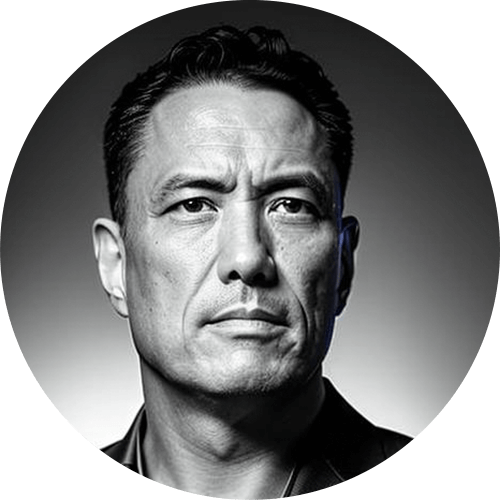Workforce Gamification: for Learning or for Performance?
Workforce gamification is on the rise, and its powerful potential is only beginning to be unlocked.
The question I often get asked is what is enterprise gamification used for. Broadly speaking, many workforce gamification projects we implement are either for performance – workforce performance management – or for training/onboarding – i.e. learning.
Today’s workplaces need both: real-time performance management AND better learning and collaboration. Each company can choose what it needs first, and sometimes a combination of both flavors is the best solution.
Gamification for Learning
The first kind of gamification we see a lot is gamification for learning, or what a lot of organizations call e-learning. This is implemented in organizations in a host of different situations – When a new product is launched and the company would want to ensure salespeople are aware of it and the company wants the employees to learn about it, when new guidelines come out as to how to handle customers (or just as periodical training to refresh employees), or even when a new employee goes through her onboarding process and is learning the ropes at the new organization that she has now joined.
This kind of gamification can usually be characterized by tasks that involve completion, such as going through learning materials (typically pulled from learning management systems) and other activities that check learning and enhance it, such as quizzes, simulations, TV game show scenarios (where the questions are about relevant information) and others.
Learning projects that are on-boarding centric are usually shorter, since the knowledge that is being acquired is needed for the near future in order for the employee to do their job properly. But when learning is combined with performance, as we’ll see below, learning becomes longer term.
Gamification for performance management
Disrupting traditional HR performance management, workforce performance gamification gives employees real-time views of their goals, objectives and KPIs, so that they can reflect on their performance.
Here, the aim is first to learn about how an employee is doing, and then see what can be done to improve this performance. At Gameffective, our platform is always learning and monitoring the performance of employees. Our user interface makes it easy for both employees and managers to see how performance is developing over time. Using this data, it is also possible to create benchmarks against which an employee can measure himself, or create predictions for how we expect an employee to do in the future.
But that’s only the beginning of what gamification for performance management can do for employees. Over time, we’ve noticed that making performance data available to the employees themselves, allows for a host of different positive outcomes like self-reflection and self-improvement of employees. It also allows for employees to see how they are doing in comparison to their peers, and to see what KPI’s they need to get better at in order to advance towards those who are currently performing better than them.
Finally, part of performance management gamification is competition. At Gameffective we’ve learnt that competition is a great tool to increase competition, but only if it is done in the right way. It’s important to maintain a sense of competence and competitiveness also in those employees who are consistently performing at a lower standard than their peers, and we’ve developed a few mechanisms to do this.
Performance gamification with learning components
Sometimes it is possible to have the best of both worlds. In our case, this means creating the best environment for employees so that they can both be aware of their performance and of how they are performing in comparison to other employees and also have an opportunity to undergo learning sessions tailored specifically to the KPI’s in which they need to improve, at relevant times.
One way in which we are doing this on our platform, is by integrating e-learning micro sessions in to the performance management system. So, when employees enter the platform they can see how they are performing in comparison to their own benchmark, to other employees, or to other teams. At the same time, they also have gauges that show them in real time what KPI’s they are weakest in, so that they can undergo micro learning sessions in real time and improve in the aspects of their performance which they are currently lacking.
The idea is to give both a long term picture of performance, and an immediate option of improving, learning and moving forward.
Engage and motivate your frontline teams
Improve performance with an AI-powered digital coach
Deliver world class CX with dynamic, actionable quality evaluations
Boost performance with personalized, actionable goals
Nurture employee success with the power of AI
Listen and respond to your frontline, continuously
Drive productivity with performance-driven learning that sticks
Drive agent efficiency, deliver client results
Keep tech teams motivated and proficient on products and services while exceeding targets
Maintain compliance while building customer happiness and loyalty
Enlighten energy teams to boost engagement
Engage, develop, and retain your agents while driving better CX
Improve the employee experience for your reservations and service desk agents



 Madeleine Freind
Madeleine Freind
 Natalie Roth
Natalie Roth Linat Mart
Linat Mart












 Doron Neumann
Doron Neumann Gal Rimon
Gal Rimon Daphne Saragosti
Daphne Saragosti Ella Davidson
Ella Davidson Ariel Herman
Ariel Herman Ronen Botzer
Ronen Botzer